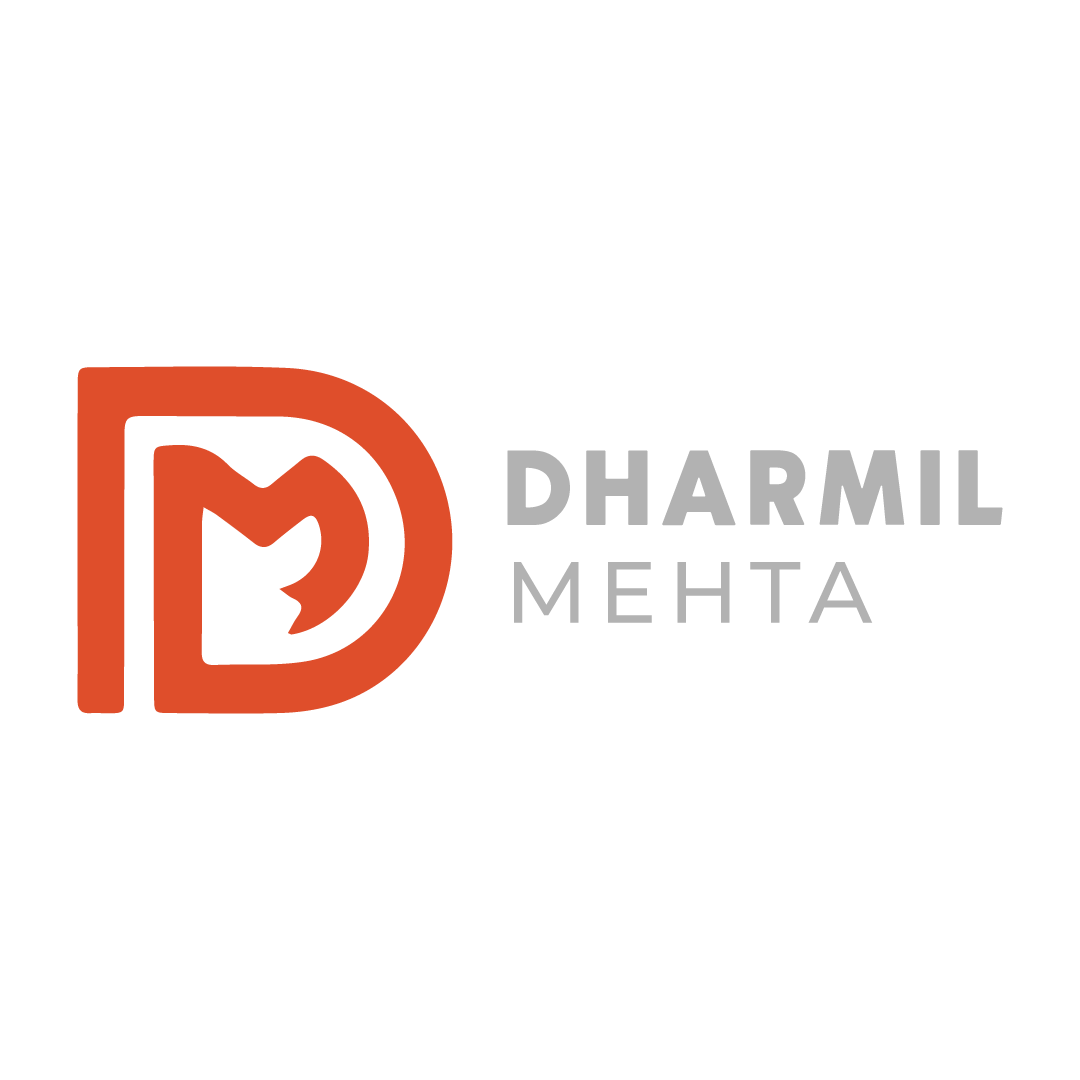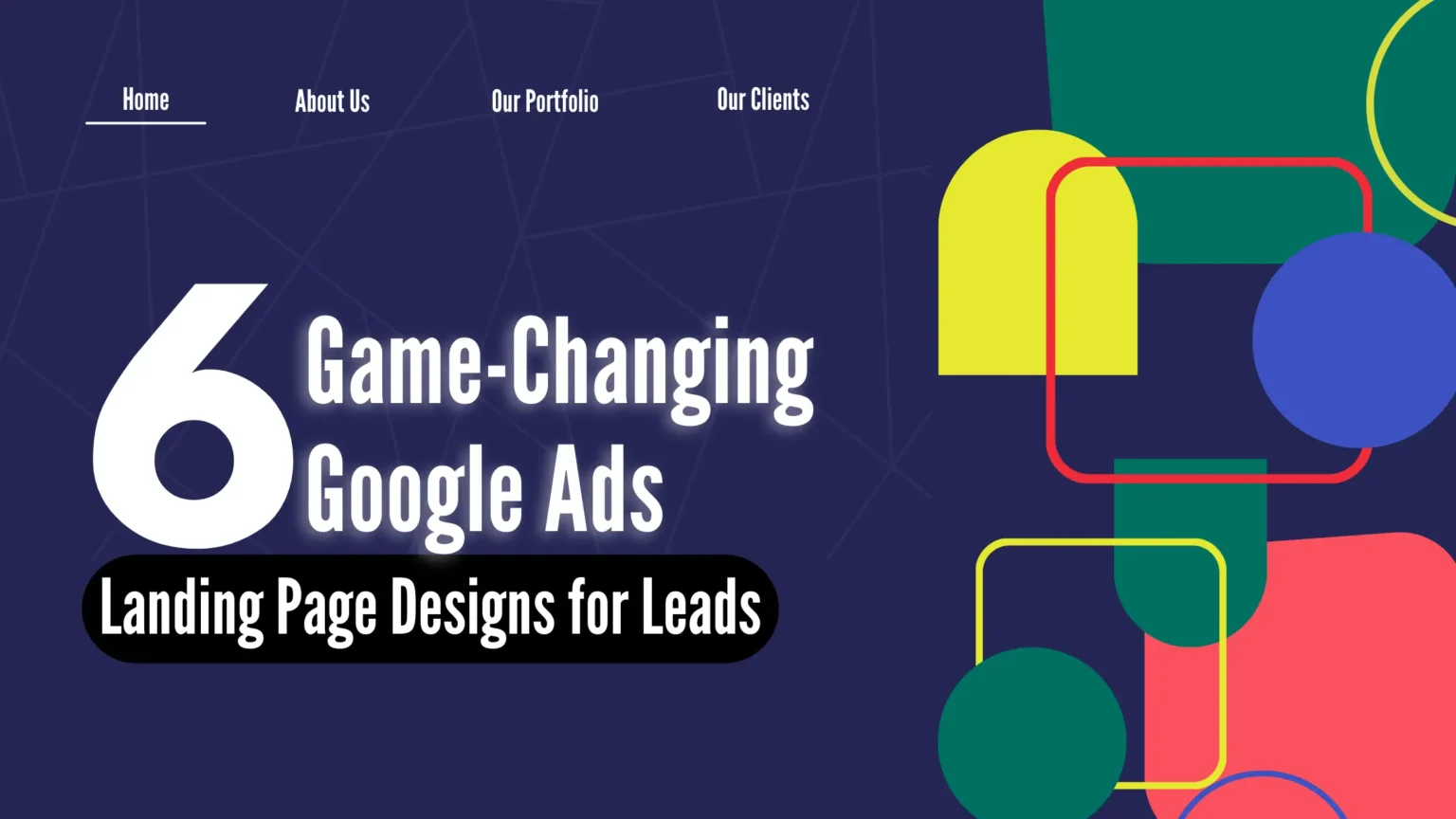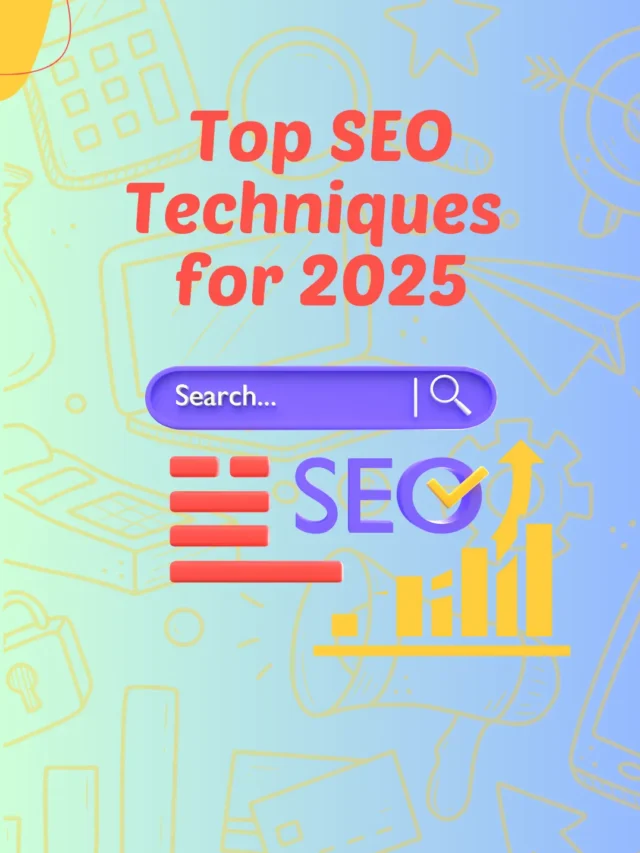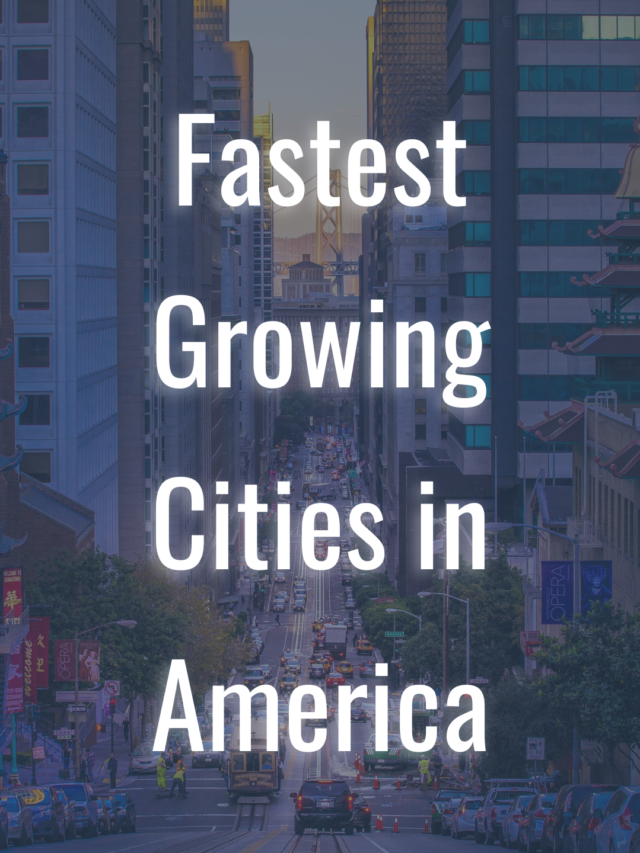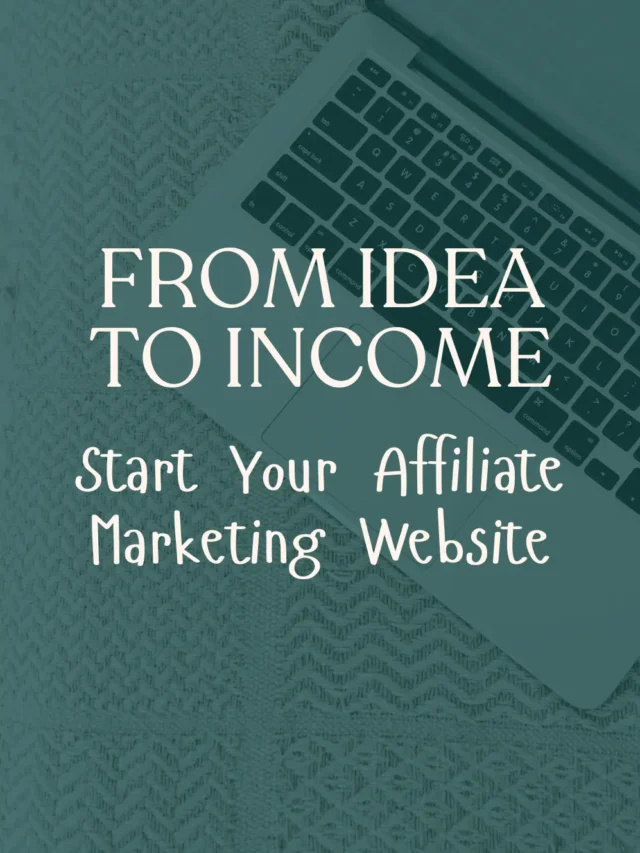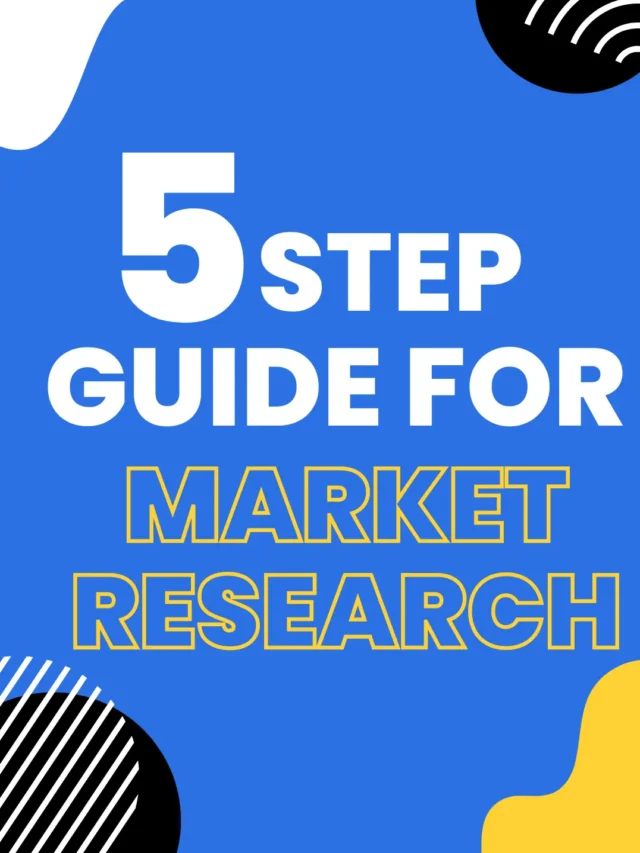In the ever-evolving world of digital marketing, standing out from the crowd is not just a goal; it’s a necessity. Pay per click campaigns have become the cornerstone of online advertising, and within this realm, Google Ads landing page designs hold the key to unlocking unprecedented levels of engagement and conversions. But here’s the rub: not all landing pages are created equal. Some merely serve as placeholders, while others – the true game-changers – have the power to transform a fleeting click into a loyal customer.
Imagine your pay per click landing page as the gateway to your brand’s world. It’s not just about being visually appealing; it’s about crafting an experience so compelling that your audience can’t help but take the next step. In this blog post, we’ll dive into 6 game-changing Google Ads landing page designs for leads that are designed not just to attract visitors but to convert them into valuable leads. Whether you’re an experienced marketer or just beginning your journey, these insights will arm you with the knowledge to make your Google Ads campaigns more effective than ever before.
Picture this: a potential customer searches for a solution, spots your ad – perhaps one of those enticing examples of Google AdWords ads – and clicks. Now, they’re on your landing page, poised to take action. But will they? The answer lies in how well your landing page speaks to their needs. It’s about more than just aesthetics; it’s about psychology, structure, and a seamless user journey that leads to a satisfying conversion. This is where PPC landing page best practices come into play, turning a standard page into a conversion powerhouse.
But what truly sets apart these Google Ads landing page examples? It’s the intricate balance of banner images, strategic placement of icons for Google Ads services, and a layout that doesn’t just tell but shows the value proposition. Every element on these pages serves a purpose – to guide the visitor toward that crucial call to action, whether it’s filling out a form, signing up for a newsletter, or making a purchase.
These six designs are not just about aesthetics; they’re rooted in data-driven insights. Analyzing PPC landing pages reveals the secrets behind what works and what doesn’t, enabling you to replicate success and avoid common pitfalls. You’ll learn how to build good landing pages for Google Ads that captivate, engage, and ultimately convert.
As we explore these game-changing landing pages, you’ll see why they’re more than just designs; they’re strategies in themselves, meticulously crafted to maximize lead generation. From the use of compelling headlines to strategically placed calls-to-action, every aspect of these pages is designed to drive results. Get ready to transform your PPC landing pages into powerful lead magnets with these proven examples. Let’s dive in and uncover the secrets behind these winning designs!
Learn 7 Secrets to Pay Per Click Success
1. The Minimalist Masterpiece: Less is More
Simplicity in design can often yield the most powerful results. The first game-changing design we’ll explore is rooted in minimalism, where every element on the page serves a distinct purpose. A pay per click landing page that embraces minimalism focuses on clarity, guiding the user’s eye toward a single, compelling call to action.
This approach hinges on a clean layout with ample white space, a strong headline, and a concise message. The absence of clutter makes the call to action (CTA) stand out, increasing the likelihood of conversion. When designing such a page, it’s crucial to analyze the key components:
- Headline and Subheadline: Your headline should immediately convey the value proposition, while the subheadline reinforces it with a brief explanation.
- Call to Action: A prominent, contrasting CTA button encourages immediate action. Phrases like “Get Started” or “Claim Your Offer” can be particularly effective.
- Imagery: Use a banner image that complements the message. The image should be relevant and engaging, drawing the user in without overshadowing the content.
Examples of Google AdWords ads that lead to minimalist landing pages often boast higher conversion rates due to the focused nature of the design. It’s about cutting through the noise and presenting a clear, direct path to conversion.
2. The Interactive Experience: Engage to Convert
In a world where user engagement is paramount, incorporating interactive elements into your Google Ads landing page designs can significantly enhance lead generation. Interactive landing pages invite users to participate in the experience, making them more invested in the outcome.
Consider integrating the following interactive features:
- Quizzes or Surveys: A brief quiz related to your product or service can engage users and gather valuable information, which can be used to tailor the content further.
- Calculators: Offering a calculator that provides personalized insights, such as savings estimates or ROI projections, can be a powerful motivator for users to engage with your brand.
- Interactive Product Demos: Allowing users to interact with your product through a demo can build trust and drive conversions.
Such interactive elements, when paired with PPC landing page best practices, can significantly boost your campaign’s effectiveness. By encouraging users to interact, you not only capture their attention but also gather data that can be used to optimize the landing page further.
3. The Storytelling Approach: Connecting on an Emotional Level
Storytelling is a timeless strategy that, when applied to Google Ads landing page designs, can create a powerful emotional connection with your audience. People are naturally drawn to stories, and a well-crafted narrative can make your landing page memorable and impactful.
To effectively incorporate storytelling into your pay per click landing page, consider these elements:
- Hero’s Journey: Frame your product or service as the hero of the story, solving a problem or fulfilling a need for your customer. The journey from problem to solution should be clear and compelling.
- Testimonials and Case Studies: Real-life examples and success stories can reinforce the narrative, providing social proof that resonates with potential leads.
- Visual Storytelling: Use images, videos, and icons for Google Ads services that complement the narrative. These visuals should not only support the story but also enhance the overall experience.
By weaving a story into your landing page, you create a connection that goes beyond the transactional, fostering a deeper relationship with your audience. This approach can lead to higher engagement and conversion rates, as users feel more connected to the brand and its message.
4. The Data-Driven Design: Harnessing Analytics for Optimization
Data is the backbone of any successful marketing campaign, and Google Ads landing page designs are no exception. By leveraging data analytics, you can create landing pages that are not only visually appealing but also highly effective in converting leads.
The key components of a data-driven landing page design include:
- A/B Testing: Regularly experiment with various landing page versions to identify the most effective approach. This could involve testing headlines, CTAs, images, or even the overall layout.
- Heatmaps: Use heatmaps to understand how users interact with your landing page. This tool can reveal which elements are capturing attention and which are being ignored.
- Conversion Tracking: Monitor conversion rates and other key metrics to gauge the effectiveness of your landing page. This data can guide future optimizations.
When you analyze PPC landing pages using data-driven insights, you can make informed decisions that enhance the user experience and increase conversion rates. The combination of creativity and analytics results in a landing page that is both attractive and functional.
5. The Social Proof Powerhouse: Building Trust and Credibility
Trust is a critical factor in converting leads, and Google Ads landing page examples that effectively incorporate social proof often see higher conversion rates. Social proof, such as testimonials, reviews, and case studies, provides reassurance to potential leads that your product or service delivers on its promises.
To maximize the impact of social proof on your landing page, consider these strategies:
- Customer Testimonials: Feature testimonials from satisfied customers, highlighting how your product or service has benefited them. Video testimonials can be particularly persuasive.
- Case Studies: Showcase detailed case studies that outline how your product or service solved a specific problem for a client. Include measurable results to add credibility.
- Trust Badges and Certifications: Display any relevant certifications, awards, or partnerships that lend credibility to your brand.
Incorporating social proof into your pay per click banner image website not only builds trust but also encourages potential leads to take action. It’s a subtle yet powerful way to overcome objections and drive conversions.
Learn Top 5 Digital Marketing Agencies in Dadar You Must Know
6. The Personalization Paradigm: Tailoring the Experience
Personalization is no longer a luxury; it’s a necessity in today’s digital landscape. The most effective Google Ads landing page designs are those that speak directly to the individual user, offering a personalized experience that resonates with their specific needs and preferences.
Key elements of a personalized landing page include:
- Dynamic Content: Use dynamic content to display different headlines, images, or CTAs based on the user’s behavior, location, or demographics. This ensures that the landing page is relevant to each visitor.
- Personalized Offers: Tailor offers and promotions based on the user’s previous interactions with your brand. For example, returning visitors might receive a discount code or a special offer.
- Behavioral Targeting: Utilize behavioral targeting to deliver content that aligns with the user’s interests and actions. This could involve displaying different products or services based on their browsing history.
Personalization, when combined with PPC landing page best practices, creates a more engaging and effective landing page. By making the user feel understood and valued, you increase the likelihood of conversion and build long-term loyalty.
Conclusion
The journey to crafting game-changing Google Ads landing page designs is one that requires a blend of creativity, data analysis, and a deep understanding of user psychology. Each of the six designs explored in this article offers a unique approach to capturing and converting leads, from the minimalist masterpiece to the personalized paradigm.
By integrating these strategies into your pay per click landing pages, you can create a powerful online presence that not only attracts clicks but also drives meaningful conversions. Whether you’re looking to boost your lead generation efforts or simply refine your existing Google Ads landing page examples, these designs provide a roadmap to success.
Remember, the key to a successful landing page lies not just in its design but in its ability to connect with the user on a deeper level. By focusing on clarity, engagement, storytelling, data-driven insights, social proof, and personalization, you can create landing pages that truly resonate with your audience and deliver the results you’re striving for.

